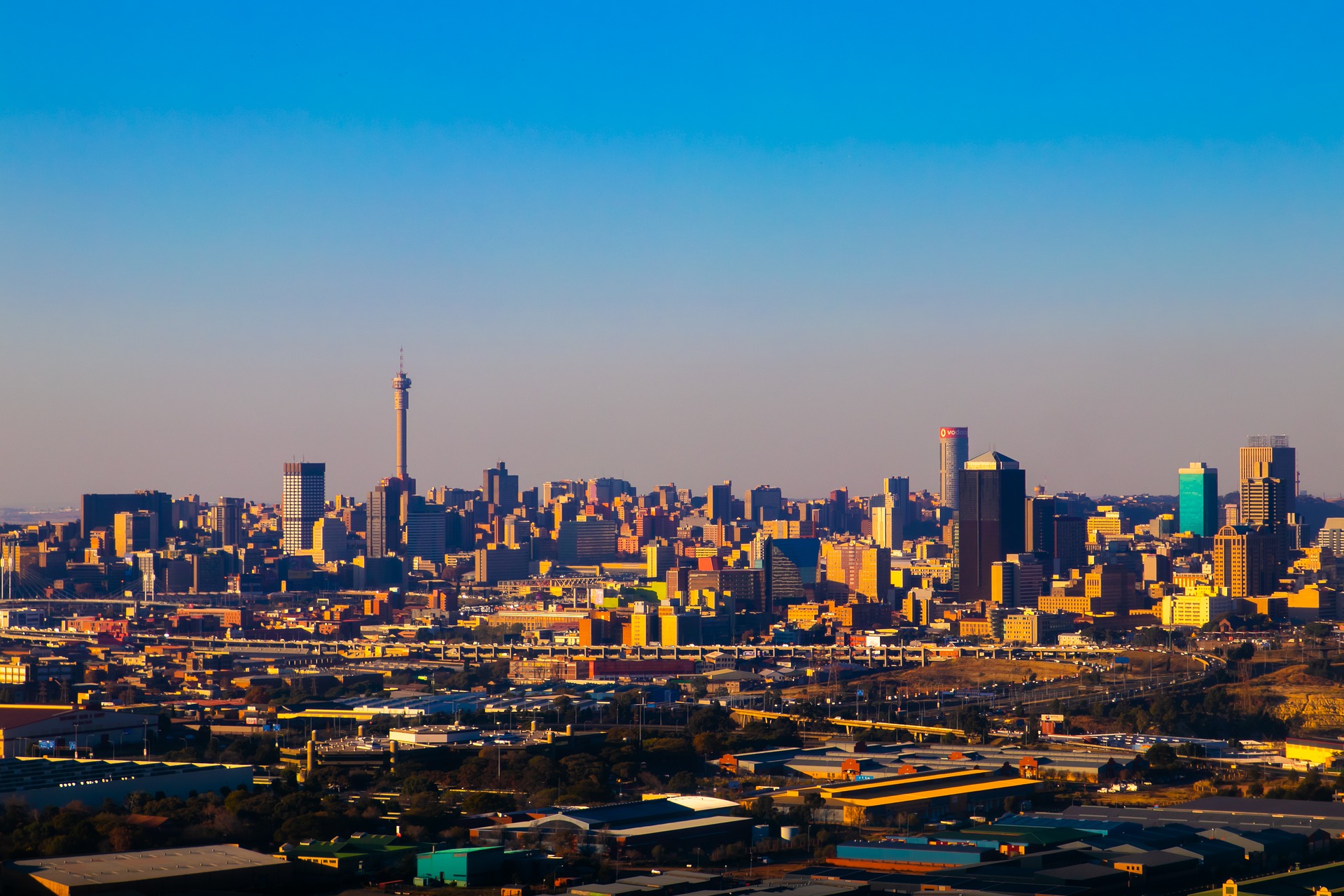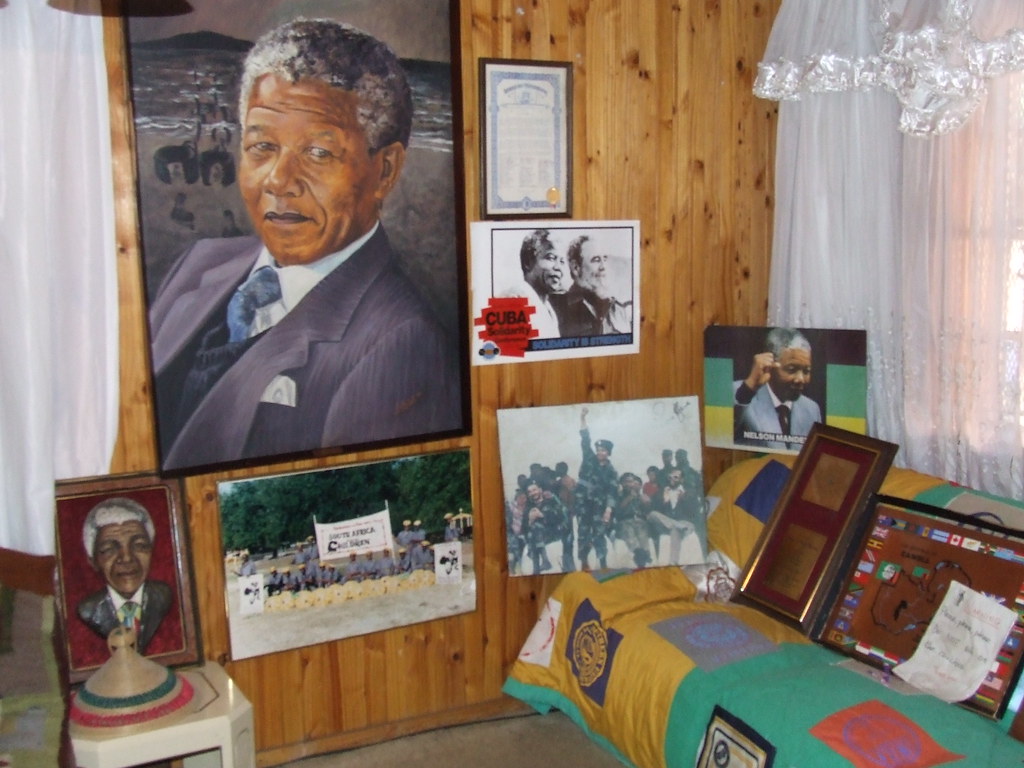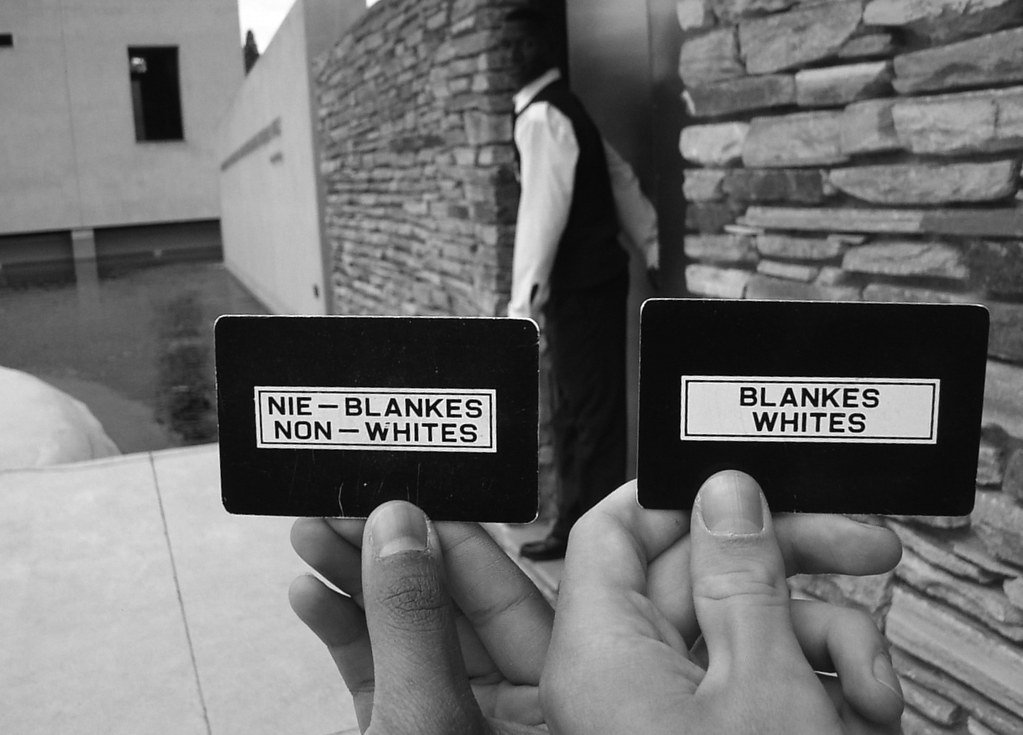Last Updated on December 14, 2023
As Johannesburg celebrates the life of one of history’s most important figures and mourns the loss of a true hero, Nelson Mandela, we encourage you to make time for a trip to South Africa to learn about more details than you can ever learn no matter how many books you read or films you see on the subject. South Africa group tours tend to start in Johannesburg – so why not arrive a few days early and explore one of the country’s most fascinating cities on your own?
To visit a city like Johannesburg means getting to know people directly affected by Nelson Mandela and the incredible difference he made in the country and the world. After a long battle with illness, South Africa’s first black president and leader of the anti-apartheid regime died in Johannesburg at the age of 95. Mr Mandela spent 27 years in prison for his political activities against the white-minority rule in the country and those who benefited from his extraordinary legacy flocked to the city’s Mandela Square to sign a memorial book and place flowers in his memory. Read on for highlights when visiting this South African city.
The Nelson Mandela National Museum
Declared a National Heritage Site in 1999, The Nelson Mandela National Museum in Soweto is more commonly known as Mandela House, and you’ll recognize it as the site where thousands of Mandela-supporters celebrated the life of their national icon. Nelson Mandela lived in this part of Johannesburg from 1946 to 1962, and returned to the house shortly after his release from prison in 1990, despite warnings from government officials that he should find somewhere safer.
Mandela donated the house to his Soweto Heritage Trust in 1997 and these days it’s a museum allowing visitors to walk in the footprints of one of the world’s most inspiring leaders, starting in the foothills that rise from the banks of the Mbhashe River. It’s a real must for anyone wanting to learn more about Mandela and the history of South Africa.
Apartheid Museum
The famous Apartheid Museum is the city’s top must-see attraction, chronicling the darkest hour in South African history and one of the most shameful chapters in the history of humanity. Literally meaning ‘apart-hood’ in Afrikaans, Apartheid was a system of racial segregation in South Africa from 1948 to 1994. Implemented through legislation by the National Party governments, the regime stripped the country’s predominantly black population of their rights and established a white-minority rule.
Featuring 22 individual exhibition areas, the museum takes visitors on a dramatic and emotional journey through the rise and fall of apartheid from the establishment of the state-sanctioned system based on racial discrimination right through to the struggle to overthrow this tyrannical regime. Despite the sadness, the museum is a beacon of hope that serves to show the world how South Africa is coming to terms with its oppressive past and working towards a brighter future for the country. A visit here really shouldn’t be missed.
Hector Pieterson Memorial and Museum
Another attraction you should add to your itinerary is the Hector Pieterson Memorial and Museum. Situated in the Orlando West neighborhood of Soweto, this remarkable museum was founded as a tribute to Hector Pieterson, the twelve year old who was tragically shot dead during the 1976 Soweto riots. The museum provides a fascinating insight into the events leading up to the historic insurrection and tells just why Pieterson became such an important symbol throughout the country.
Of course Johannesburg is not only worth a visit for Nelson Mandela, but is also increasingly known for its multicultural cuisines, shopping, art galleries and adventure activities as well, making South Africa’s second largest city a top travel location for any number of tastes. Just make sure to plan in plenty of time for this city’s plethora of museums and take in what you can from the great legacy left by the great Nelson Mandela.






